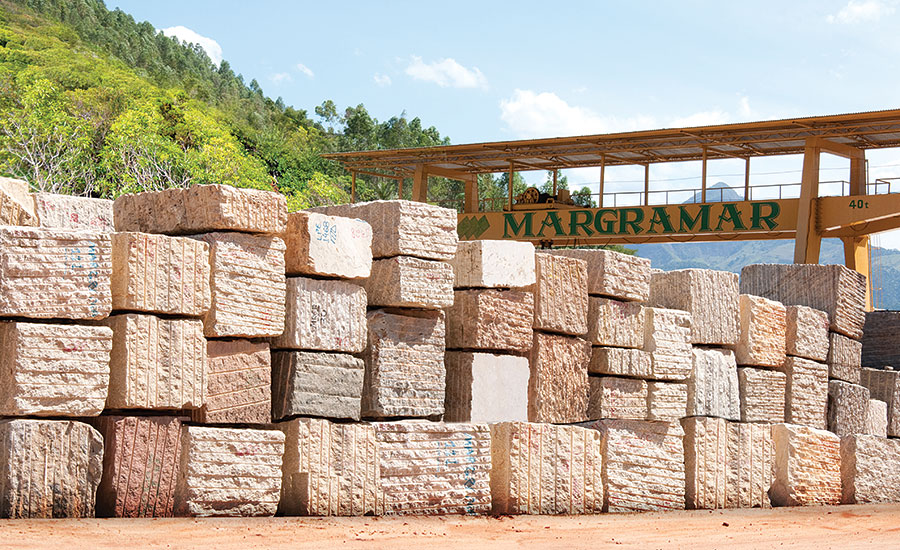Granite Quarries in South Africa Wonders: Checking Out the Quarry Landscape
Unveiling the Mysteries of Granite Quarrying: Where Stamina and Style Meet
The world of granite quarrying is a realm where the raw stamina of nature merges with human artistry to produce frameworks that stand the examination of time with an air of elegance. From the depths of quarries to the careful sprucing up in workshops, the procedure of changing granite into architectural marvels is an intricate dancing of practice and development. As we peer into the midsts of this old craft, we start to reveal the hidden complexities that shape the extremely significance of our constructed environment.
The Origins of Granite Quarrying
In the annals of architectural background, the beginnings of granite quarrying are shrouded in a tapestry of old workmanship and geological wonders. Going back to old Egypt and Mesopotamia, the removal of granite from quarries noted the start of a trip that would ultimately bring about the creation of some of the world's most iconic frameworks.
Granite quarrying's origins can be mapped to the experienced artisans who recognized the stone's resilience and aesthetic appeal. Through a mix of primitive devices and large resolution, these very early quarry workers unearthed granite blocks that would become the foundation of human beings.
As human beings advanced, so did the methods of quarrying granite. The Romans, renowned for their design expertise, established sophisticated methods for extracting granite to create monoliths, temples, and roads that stood the examination of time.
The tradition of these ancient quarrying practices remains to form contemporary architecture, with granite continuing to be an icon of stamina and elegance in construction tasks around the globe. (granite quarries in south africa)
Tools of the Quarrying Profession
The development of granite quarrying techniques from old people to modern times highlights the critical duty played by the tools of the quarrying profession in forming the industry's techniques. In ancient times, quarrying devices were fundamental, typically containing knives, hammers, and wedges made from materials like bronze or iron. These devices needed significant workforce and time to extract granite obstructs from quarries.

In addition, the intro of pneumatically-driven devices and high-powered equipment has significantly reduced the physical labor needed in quarrying operations, enhancing worker safety and productivity. As the quarrying industry remains to go to this site introduce, the devices of the profession stay at the leading edge of driving development and shaping the future of granite extraction.
Extracting Blocks of Granite
Making use of accuracy equipment and advanced techniques, the extraction of granite obstructs from quarries has actually ended up being an advanced process in the modern quarrying sector. The preliminary step involves identifying the area and dimension of the granite deposit to determine one of the most reliable extraction method. As soon as an appropriate site is selected, the removal process begins with the exploration of holes for the placement of nitroglycerins. Managed blasting strategies are then employed to disintegrate the granite into convenient areas.

Sprucing Up and Finishing Strategies
To attain a perfect surface on granite blocks, knowledgeable craftsmens employ a collection of precise sprucing up and completing techniques. After the first extraction and forming processes, the granite obstructs go through a comprehensive sprucing up phase to boost their natural beauty and longevity. One typical approach utilized in brightening granite is diamond abrasion, where commercial diamonds are made use of to grind and polish the rock to a smooth finish. This procedure not only produces a glossy surface yet also makes certain uniformity in shade and texture across the granite block.
In addition to polishing, finishing techniques are used to more improve the granite's look. By very carefully picking and using these polishing and finishing techniques, craftsmens can change raw granite obstructs into splendid pieces that showcase both toughness and style.

Ecological Impact and Sustainability
With the expanding emphasis on environmental consciousness in the market, granite quarrying techniques are increasingly scrutinized for their effect on all-natural sources and lasting sustainability. In addition, the transportation of granite from quarries to processing facilities produces carbon discharges, additionally adding to ecological destruction.
To mitigate these impacts and guarantee sustainability in granite quarrying, market stakeholders are embracing different measures. Carrying out advanced modern technologies to minimize energy usage and water usage, recovering quarried land for ecological reconstruction, and promoting responsible sourcing practices are some approaches being employed. Qualifications such as the Woodland Stewardship Council (FSC) and the Management in Energy and Environmental Design (LEED) help customers determine ecologically friendly granite products.
Verdict
To conclude, granite quarrying is a procedure that needs specialized tools and strategies to essence blocks of granite and brighten them to a high level of finish. While the ecological impact of quarrying can be substantial, efforts are being made to improve sustainability methods in the industry. Generally, granite quarrying is a delicate straight from the source equilibrium between using the strength and style of this natural rock while reducing its influence on the atmosphere.